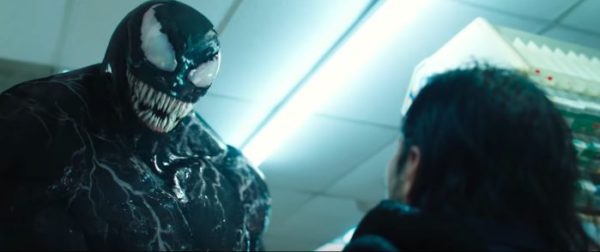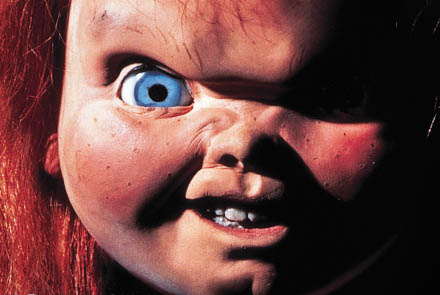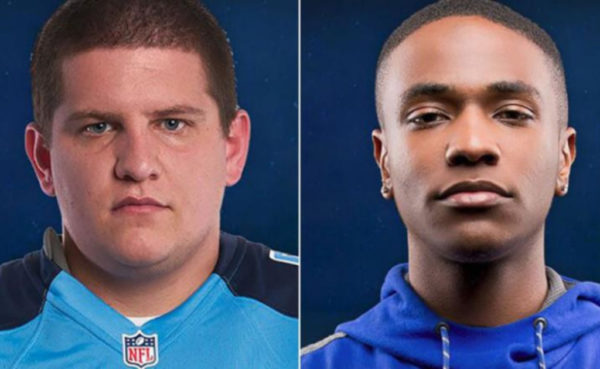From now on until the Oscars are handed out in February, I’ll be covering films that feature Oscar-winning performances or productions. High Noon is one of the rare Westerns that fits the bill. It features Gary Cooper’s second Oscar-winning performance and was also awarded for Best Editing, Best Score and Best Original Song.
The film centers on Will Kane (Cooper), the marshal of Hadleyville in the New Mexico territory. He is finally about to retire after marrying his young bride, Amy (Grace Kelly). However, three outlaws have ridden into town to wait for the noon train, which is carrying Frank Miller (Ian MacDonald), a convicted criminal that Kane had actually helped put away. The townspeople and Amy urge Kane to leave now, thinking that Frank is less likely to wreak havoc if Kane is gone. Kane knows the truth, and tries to rally the people he knows to help him to no avail. He winds up having to fight the gang himself in one of the great shootouts in film history.
High Noon happens in real time, which is the true innovation of the film, aside from its grittiness and refusal to play by the Western genre rules. Screenwriter Carl Foreman, who was caught up in the Hollywood blacklist after admitting to be a communist but refusing to name names, planned the film with From Here To Eternity director Fred Zinnemann down to the minute, allowing room for multiple layers of every character. The film features one of the strongest female roles in classic Hollywood, Helen Ramirez, played by Katy Jurado. Ramirez is a strong woman, an economic force in the town who has a past with Kane. He tries to warn her about Frank and she leaves, contrasting Amy. Amy actually wants to leave (and gets on the train with Ramirez), but when she hears gunfire, she decides to come back to make sure Kane is safe.
One of the most interesting pieces of High Noon is the film’s style, which is partly thanks to producer Stanley Kramer (who also produced The Wild One and The Caine Mutiny and directed Guess Whose Coming To Dinner and many more), who had the guts to hire Zinnemann to direct the film. Zinnemann was an Austrian that loved Westerns, so you might think he would glamorize it, but he really decided to show the West in a realistic fashion using Floyd Crosby’s stark black and white cinematography. Foreman’s script is also about as anti-Western as possible, featuring a marshal that spends 90 percent of the movie begging for help (which enraged Howard Hawks so much that he made Rio Bravo in 1959) and doesn’t have a chase or several gunfights.
For every Ben Hur, Gone with the Wind or whatever other three-hour-plus epic you can think of, there is a little film like High Noon, an 85-minute masterpiece that makes an impact in every scene. Cooper’s performance is one of his best in a lengthy career for a man that was never trained as an actor. Grace Kelly had made just one film appearance before this, but this was her introduction to the world and she later became one of the most glamorous stars of the ‘50s. There are plenty of better classical Westerns that might be more fun to watch, but that is not what High Noon is. It’s an allegory of a man who knows what he has to do and he just happens to be wearing a cowboy hat while doing it.
The film was nominated for Best Picture, Best Director and Best Writing and won for Best Actor, Best Editing, Best Original Song and Best Score.



